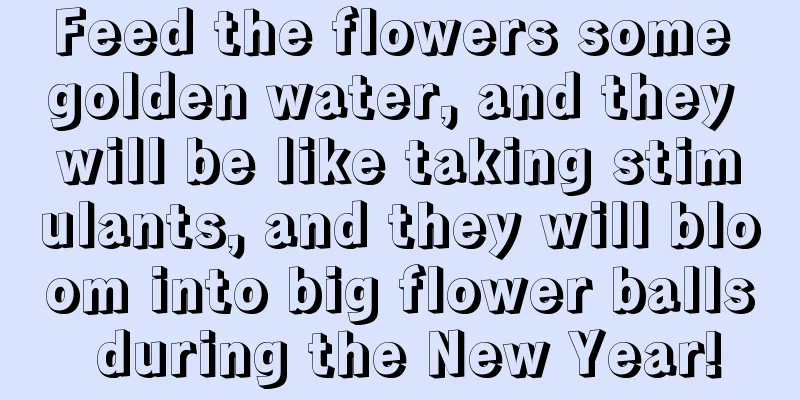What are the types of hedges?

Classification by height of hedgesHedges come in many varieties and can be divided into three types according to their growth height: tall, medium and short. High hedges: The plants are relatively tall. Representative hedge-making materials include oak, elm, French holly, etc. Because of their height, strong presence, and tight group structure, they can separate spaces and prevent dust and noise. Imagine strolling in the corridor opened by high hedges. Is there a romantic feeling? Medium hedge: The plant height does not exceed 1.3 meters and the width is within one meter. Representative hedge materials include hibiscus, red mulberry, sweet olive, tea tree, etc., which are the most widely used in garden construction. Whether it is a flower hedge, a fruit hedge or an ornamental hedge, it can beautify the landscape, separate scenic areas, increase attractiveness, and divide different wonderful and beautiful scenery! Dwarf hedge: The plant is short. Representative hedge materials include roses, evergreens, jasmine, azaleas, etc. Because of their short height, people can look through the dwarf hedges to see the scenery inside. They have strong ornamental value. Moreover, dwarf hedges have strong fragrance and bright colors, which makes them more popular among people. They are most suitable for use in small courtyards. According to the effect of hedge landscapeMaterials used as hedges can be divided into flower hedges, fruit hedges and ornamental foliage hedges. The materials commonly used as flower hedges include flowering vegetation such as jasmine, rose, and azalea. For ornamental fruit hedges, Pyracantha and Berberis are commonly used. As the name suggests, ornamental leaf hedges are mostly made of plants with brightly colored leaves, such as red-leaf hibiscus and red-leaf barberry. |
<<: Key points for home care of Phalaenopsis
>>: Three taboos for spring care of succulent plants
Recommend
Can cherry blossoms be planted in the north?
Can cherry blossoms be grown in the north? Cherry...
How to prune tomatoes: Pruning time and technique
Tomato pruning time When pruning tomatoes, be sur...
How many pounds does castor oil produce per mu?
Castor bean yield per mu Castor is a plant mostly...
Can dogs eat pumpkin? Can dogs eat pumpkin seeds?
1. Can dogs eat pumpkin? Dogs can eat pumpkin. Pu...
Does banana prefer shade or sun?
Does banana prefer shade or sun? Banana, also kno...
How to grow Tiger Tail Orchid and what are the precautions
1. How to raise 1. Soil: It is suitable for growi...
Dandelion planting technology (time, method and benefits)
1. Planting technology 1. The planting time of th...
The benefits of placing bamboo cypress indoors (Is it good for human health to keep bamboo cypress at home)
What are the benefits of growing bamboo cypress p...
What are the functions of pod fern
Pharmacological effects of Pteris fasciata The rh...
Why do the tips of lucky bamboo leaves turn yellow?
1. Soil culture 1. Improper watering The most com...
Cultivation methods and precautions of the string money vine
1. Maintenance methods 1. Soil: When preparing th...
How to grow rue
1. Maintenance conditions 1. Watering: Water is v...
When is the right time to plant garlic?
September is usually the golden period for garlic...
How long does the growth cycle of cherry tomatoes take?
Introduction to Cherry Tomato Growth Cherry tomat...
Can egg fruit be grown in the north?
Can egg fruit be grown in the north? Passion frui...









